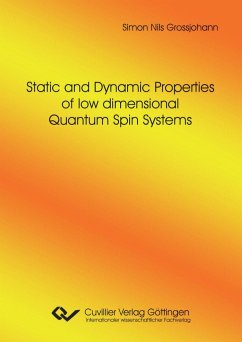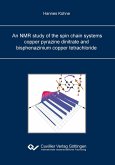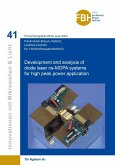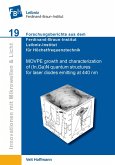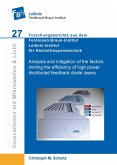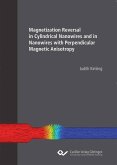In my thesis, static and dynamic properties of low-dimensional spin models were studied by means of a state of the art QMC method (SSE). As one among many numerical algorithms (e.g. DMRG, ED), the QMC proved to be a very flexible and high performance tool with access to dynamic correlation functions at finite temperatures and finite magnetic fields within the thermodynamic limit1. After detailed introduction of the QMC¿s basic implementation, I provided yet unpublished information about the measurement of transverse (and longitudinal) imaginary time correlation functions for the spin S Heisenberg model. In addition to that, complications of the analytic continuation to the real axis were explained and two common Maximum Entropy algorithms (Bryan and Meshkov) introduced briefly. In my thesis, both algorithms have been implemented and contrasted in regard to their performance and quality of the continuation, clearly favoring Bryan¿s method which is a standard least square algorithm based on Newton iterations with however highly optimized search directions in the multi-dimensional solution space.
Hinweis: Dieser Artikel kann nur an eine deutsche Lieferadresse ausgeliefert werden.
Hinweis: Dieser Artikel kann nur an eine deutsche Lieferadresse ausgeliefert werden.

